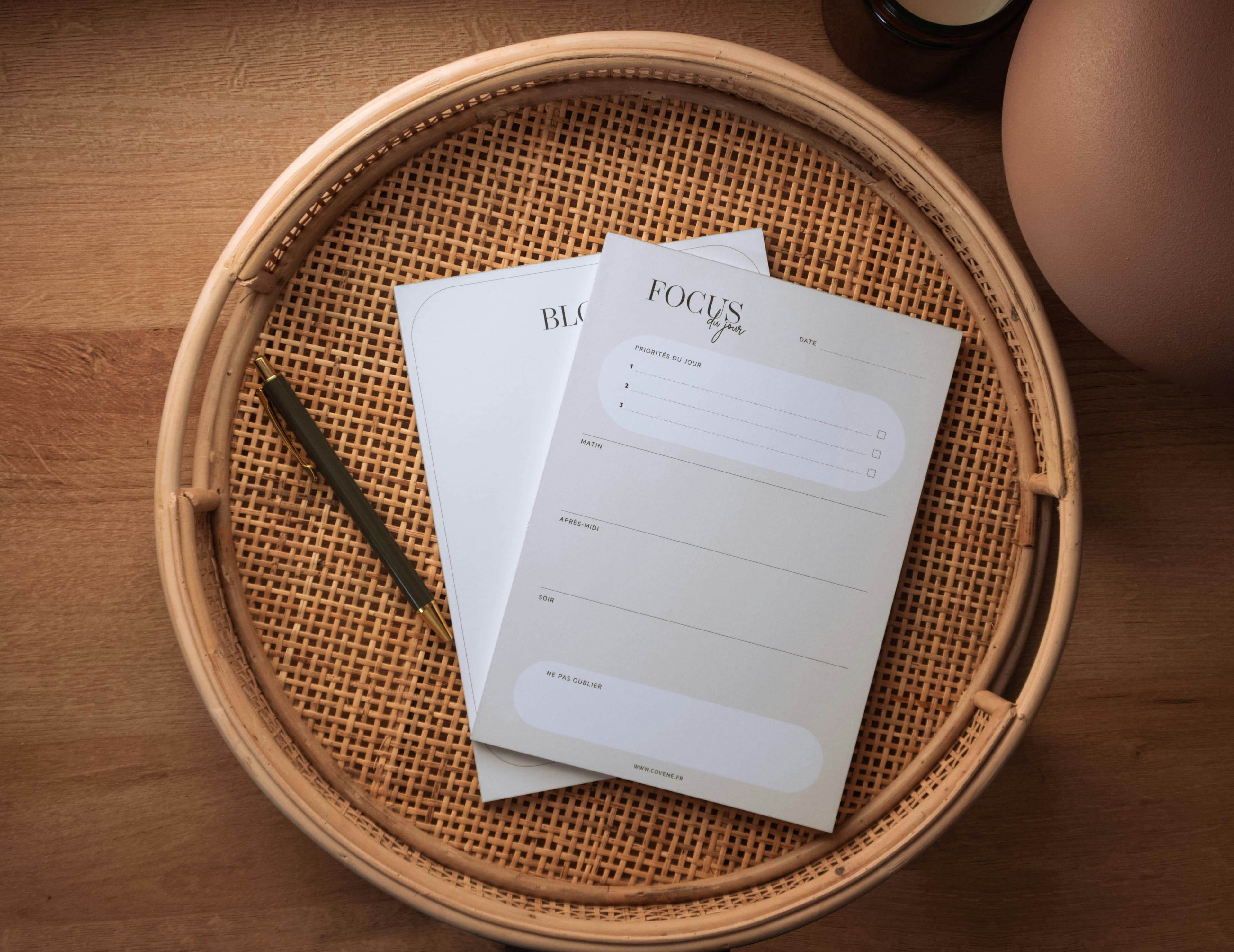Building a Land Flipping Side Hustle From Scratch

One of the best parts of my week happens when I go live on Facebook to open my mail. I’m usually joined by a mix of coaching students and people curious about land investing. There’s a real excitement in turning on the camera and just diving into the day’s mail, completely unscripted.
On a typical day, I’ll open an envelope and find one of my offers sent back with an angry message scrawled across it in marker: “Don’t insult me! This property is worth $35,000! F%^& you!” I just laugh and toss it. My offer was $1,100 because comparable sales in the area average $4,400. That’s what I know I can get if I sell it with financing—a 300 percent return, which is pretty standard in this business.
Next up might be a counteroffer. I offered $750, and they’ve come back asking for $1,000. I’ll probably look into this one. Often, once I start my due diligence, I find something that lets me negotiate the price down closer to my original offer. Even if I can't, paying $1,000 for a property I can sell for $9,500 on terms is still a great deal. Then comes another nasty letter. It’s just part of the territory when you're . The only way to buy low is to make a lot of really low offers, and some property owners will always be offended.
But then, you find the one you’re looking for: a signed acceptance. No angry notes, just a signature. This is what makes it all worth it. If your research is solid and your mail volume is high, you’ll get these regularly. That one signed letter can easily turn into a few thousand dollars in profit, often much more. To get these responses, I have to send out a few hundred offers every single week. It’s an automated system now, but the principle is the same. The cost of postage is nothing compared to the returns.
Finding the Right Place to Invest
The most critical part of in land is your initial county research. If you don’t know where to mail your offers and how much to offer, you won’t make any money. Over the years, I've found the most success in the southwestern United States and Florida, but markets are always changing.
Your first step is to pick a county and see if there’s buying and selling activity. It sounds counterintuitive, but you don’t want to look for a county with no sales and no competition. You want to go where everyone else is already active. As the old saying goes, “Only pioneers get arrows in their backs.” You want to operate where there’s proven demand. Finding these areas is straightforward since all real estate transactions are public record.
You can spend hours digging through county records, but there are easier ways. Websites like Landandfarm.com and Landwatch.com are great resources that have been around for years. Just doing a Google search for something like “Arizona land” will pull up a ton of sites where land is being sold. This is a niche that flies under the radar. You won’t see “Flipping Land” on HGTV, and at most local real estate investor meetings, 99 out of 100 people are focused on houses. This lack of mainstream attention keeps the market from getting overly saturated, creating a great opportunity.
Spend some real time on these land-listing sites. Look for patterns. You’ll start to see which counties have the most listings and activity. The hot markets shift over time—one year it might be a county in Arizona, the next it’s one in Nevada. This is why ongoing research is essential.
Creating Your Offer Plan
Once you’ve identified a few active counties, it’s time to figure out your offer price. Let’s say you’ve chosen to target a county in Florida. Open an Excel spreadsheet and start logging properties for sale there. Create columns for things like: Date, Town, Subdivision, Acres, Price, Terms or Cash, APN (Assessor’s Parcel Number), and Source (the website where you found it).
Group the properties by acreage—for example, one- to two-acre lots, three- to five-acre lots, and so on. Then, for each group, add up all the asking prices and divide by the number of properties to find the median sale price. This number is your baseline for what a property in that range will sell for.
Now for the simple formula to determine your offer: take that median price and divide it by four. This gives you what Warren Buffet calls a “300% margin of safety.” If the median price for one- to two-acre lots is $4,000, your offer will be $1,000. Money is made when you buy, and this formula ensures you buy low.
You might wonder why anyone would sell land for a quarter of its value. There are countless reasons. Maybe they inherited it and have no connection to it. Perhaps they bought it years ago expecting a development boom that never happened and now they just want to stop paying taxes. Or maybe they’re facing financial hardship and need cash now. These owners don't have the time or knowledge to market the property and deal with financing. They want a simple cash transaction, and that's the problem you solve.
Getting the List and Mailing Offers
With your offer price determined, you need a list of people to send it to. The best source is the delinquent tax roll from the county. Go to the county treasurer or tax collector’s website, find their email address, and send a simple request for a list of all real property with delinquent taxes, preferably in an Excel format.
These owners are your ideal targets because they’re already behind on payments, a strong sign they no longer want the property. When they get your offer, it’s not an insult; it’s a potential solution to a problem. My approach is to send a direct, “take it or leave it” style offer letter. I’m in the offer business, not the negotiation business. This filters for motivated sellers only.
When you get the spreadsheet from the county, it will probably look like a mess of codes and numbers. This is where many people give up. You need to learn how to “scrub” the list once so you understand the process. Create a new spreadsheet with clean columns: APN, Owner’s Name, Address, Parcel Size, and Land Use Code. Don't waste time looking up how much is owed in back taxes for every property. That’s a mistake many beginners make. You only need that information after you get a signed offer back. At this stage, your job is to get offers out the door.
Filter out duplicate owners, other investors, and anyone with an out-of-country address to keep things simple. Then, start mailing. A manageable goal is to mail twenty offers a day. That’s 100 a week, which is a good sample size to track your response rate. Aim for a 3-5% response. If you’re getting less, your offer price might be too low. The most important rule is to never stop mailing. Mailing is the lifeblood of this business. If you stop, your deal flow dries up. This is the key to turning a .
Many people are held back by the fear of getting stuck with a bad property. In all my years of doing this, I’ve bought a few duds, but every single one of them eventually sold. The fear is largely irrational. If you follow this process, you can build one of the most out there.








